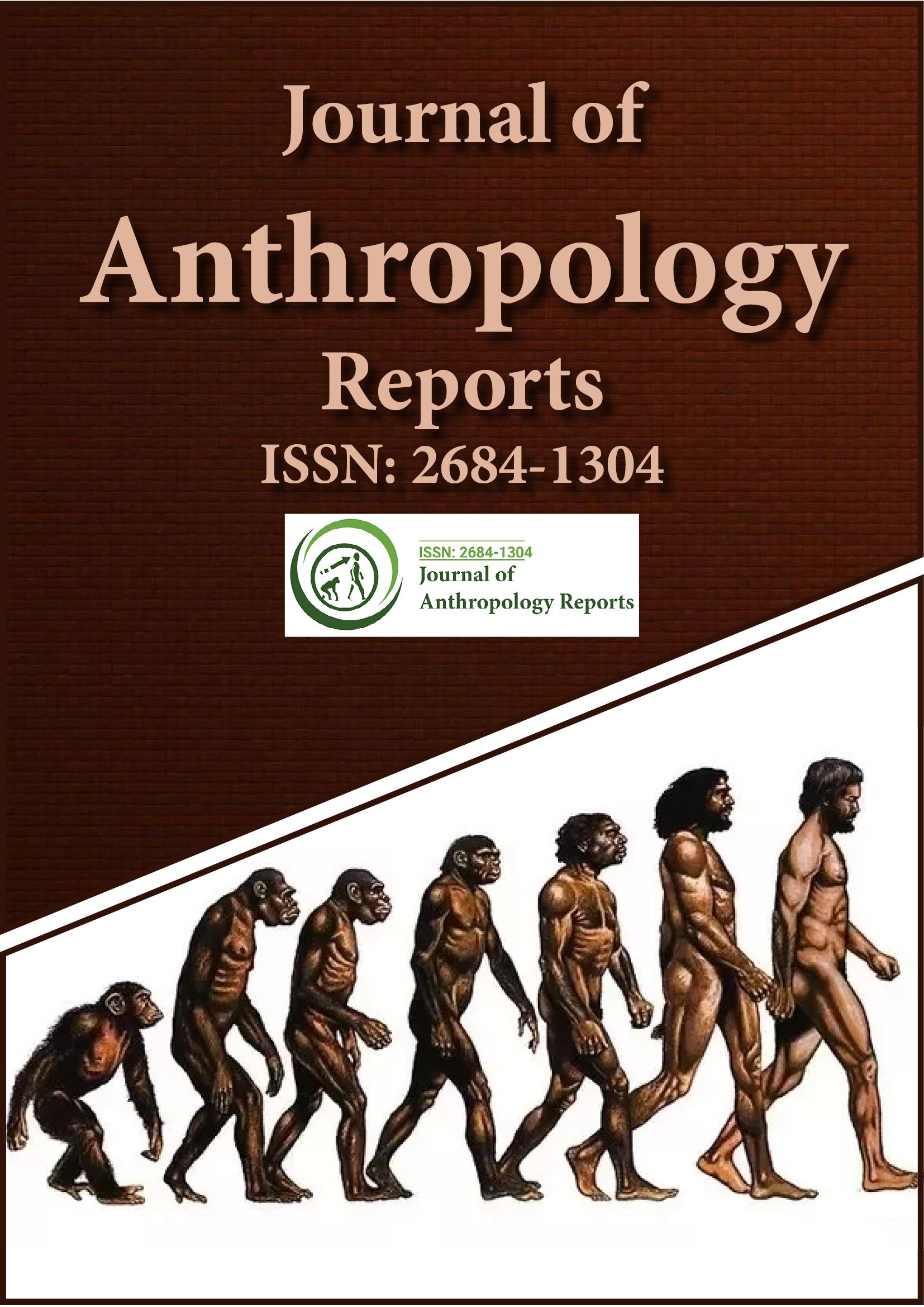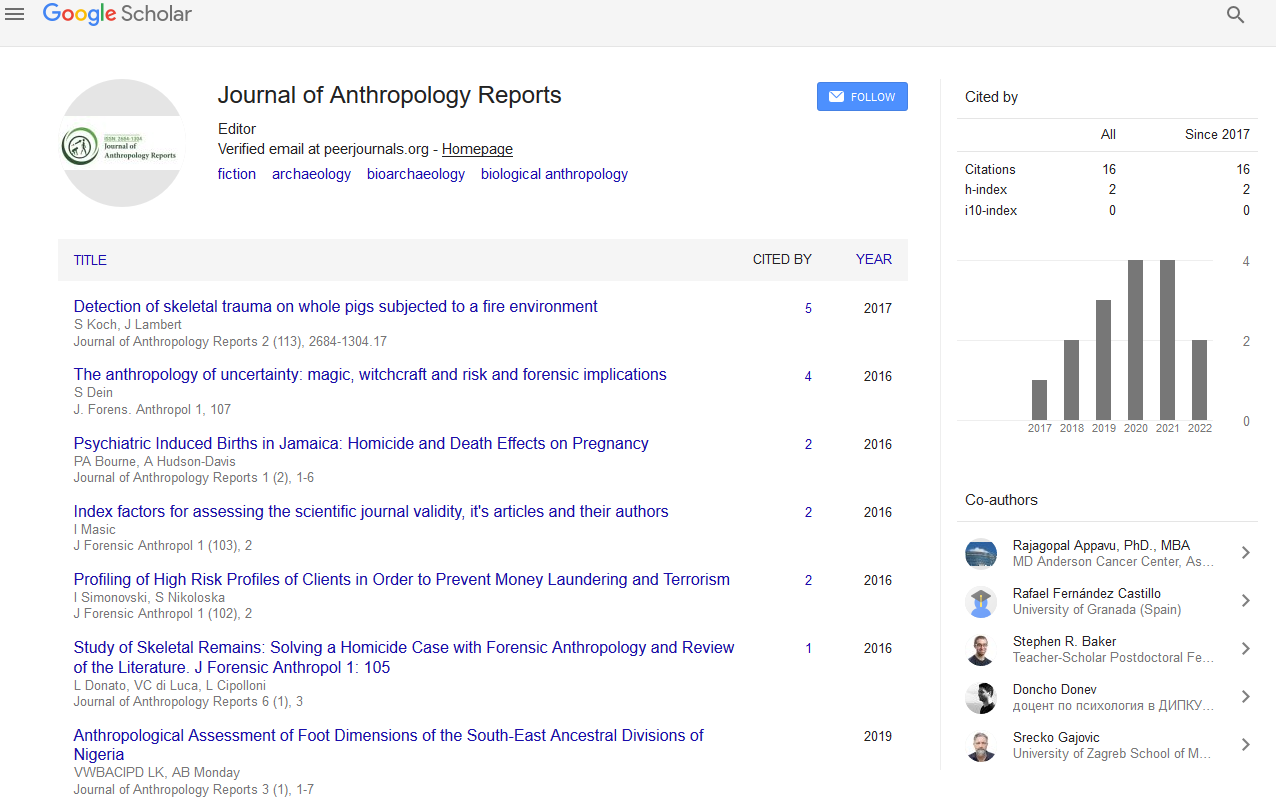Indexed In
- RefSeek
- Hamdard University
- EBSCO A-Z
Useful Links
Share This Page
Journal Flyer

Open Access Journals
- Agri and Aquaculture
- Biochemistry
- Bioinformatics & Systems Biology
- Business & Management
- Chemistry
- Clinical Sciences
- Engineering
- Food & Nutrition
- General Science
- Genetics & Molecular Biology
- Immunology & Microbiology
- Medical Sciences
- Neuroscience & Psychology
- Nursing & Health Care
- Pharmaceutical Sciences
Commentary - (2022) Volume 5, Issue 5
A Biolinguistic Approach to Study Language
Crain Koein*Received: 30-Aug-2022, Manuscript No. JFA-22-18359; Editor assigned: 02-Sep-2022, Pre QC No. JFA-22-18359 (PQ); Reviewed: 16-Sep-2022, QC No. JFA-22-18359; Revised: 23-Sep-2022, Manuscript No. JFA-22-18359 (R); Published: 30-Sep-2022, DOI: 10.35248/2684-1304.22.5.137
Description
The communicative or even symbolic aspects of language are not as important to the brand of linguistics we represent as its formal properties. Only by focusing on these characteristics can we get a clear picture of the computational resources required to generate a human language. Our primary focus is on the natural cognitivecomputational system capable of deploying these resources. This fundamental assumption should qualify or reassess the interpretation of existing data. We hope that future research will benefit from the perspective presented here by strengthening the interdisciplinary approach that the investigation into the origins of our species necessitates. Similarly, linguistics should be useful in making progress in the study of language and its origins. We certainly hope so. In light of the formal facts just reviewed, an intriguing question arises from our evolutionary perspective. One way to determine whether a given hominid species existed would be to test their computational abilities and see where they fell in the Chomsky Hierarchy.
Obviously, this is not possible in any direct way, because the fossil record lacks direct linguistic evidence of the right kind. However, there might be an indirect approach that makes use of the fossilised remains by seeking for language in areas that, while not specifically linguistic, may imply a "technical intelligence" that is perhaps in some sense parasitic on the study of language. The possibility is plausible because, as previously stated, this faculty interacts with other cognitive systems and, through them, with general cognition and the mechanisms underlying behaviour.
The key, according to this viewpoint, is to look at relevant aspects of the fossil record through a "grammatical lens," asking what kind of algorithm would computationally describe a given rulegoverned behaviour. If such an algorithm falls low in the Chomsky Hierarchy, the exercise yields little insight because the behaviours described are common in animal cognition. A hypothesised algorithm to describe a specific behaviour, however, would rank highly in the Chomsky Hierarchy, the outcome could be significant to rank high in Chomsky's Hierarchy this is due to the fact that genuine complex computational behaviours are extremely rare in nature.
When or if such behaviours are isolated and properly described, three possibilities emerge: That they correspond to a mental capacity unrelated to the study of language; that they rely on some interface with the computational procedure that the Faculty of Language presupposes; that the aforementioned actions conform to the requirements of a persson that truly supports. The aforementioned hierarchy defines various classes of "formal languages" (or corresponding grammars), which are arranged in increasing complexity. A "formal language" is defined in these mathematical constructs as a set of strings of symbols generated under certain general admissibility conditions. Importantly, for a system with these characteristics to work, a finite set of rules describing the admissible strings in the language can be generated; resulting in a computation that halts at some point (it should be obvious, given the characterization of a "formal language" just introduced, that this mathematical notion is not synonymous with the biolinguistic notion of language).
Citation: Koein C (2022) A Biolinguistic Approach to Study Language. J Anthropology Rep. 5:137.
Copyright: © 2022 Koein C. This is an open-access article distributed under the terms of the Creative Commons Attribution License, which permits unrestricted use, distribution, and reproduction in any medium, provided the original author and source are credited.

